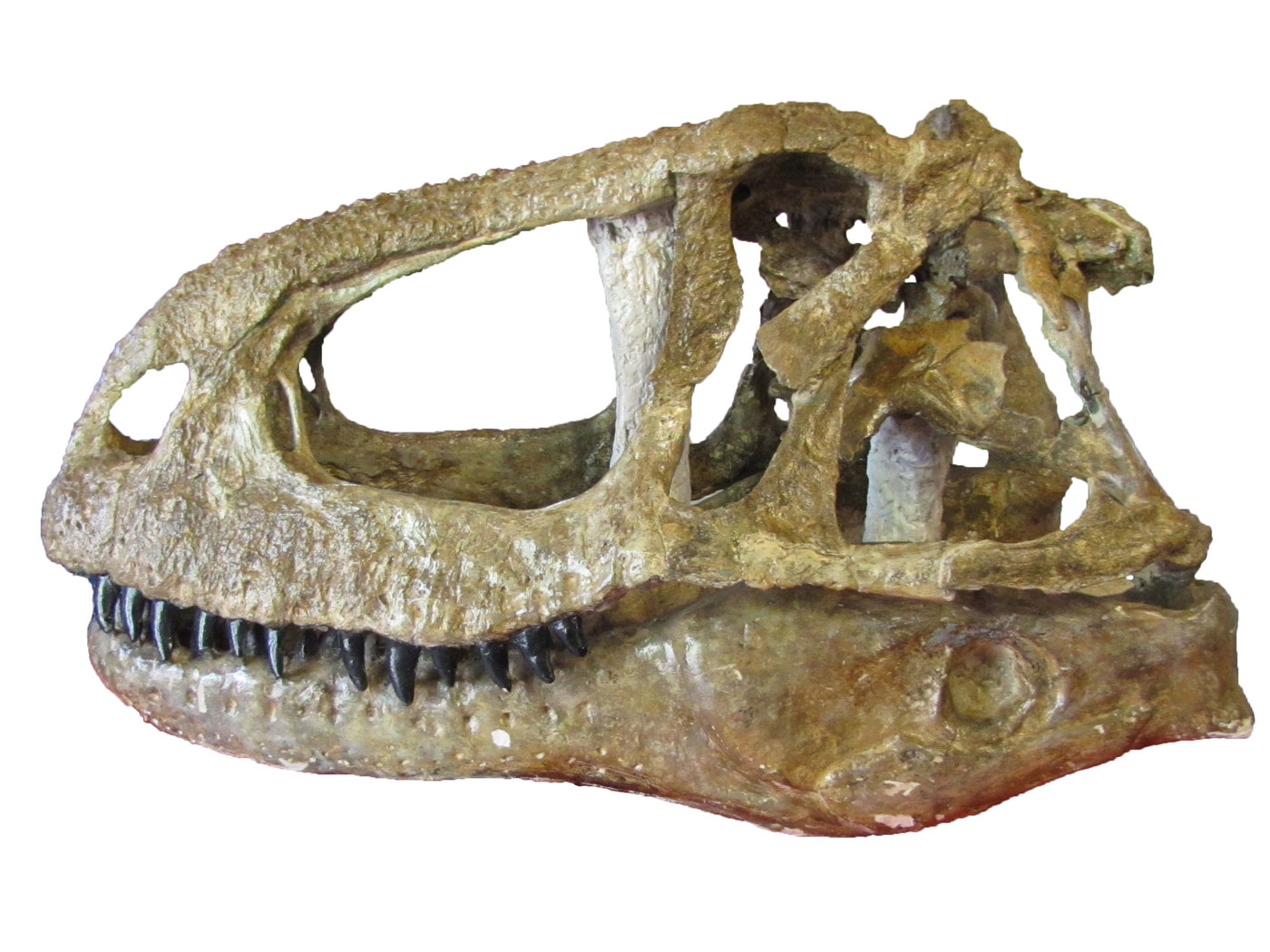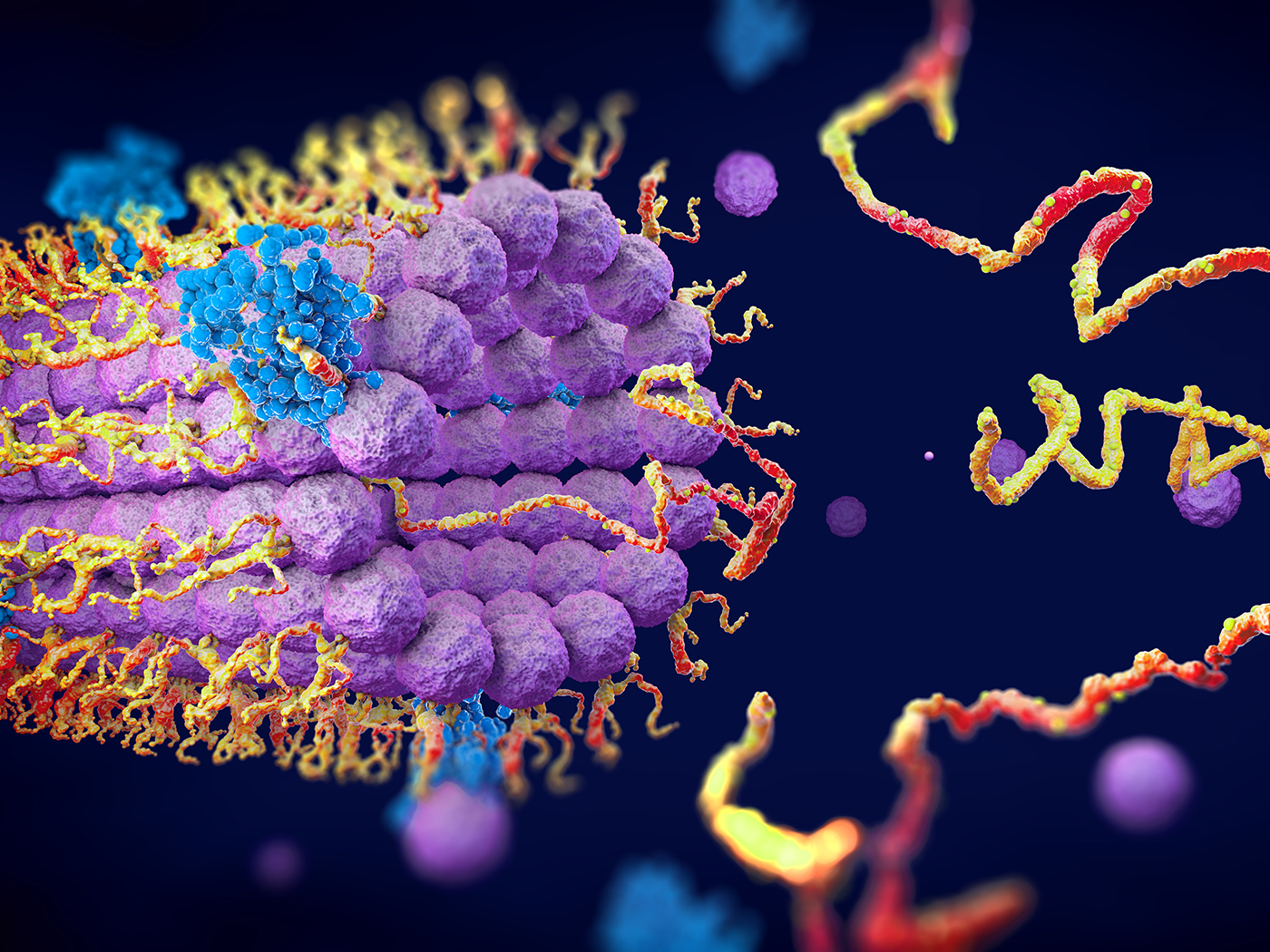In evolving the ability to walk, the tetrapod limb had to alter considerably both in structure and in orientation, when compared with the tristichopterid fin. New bones appeared, and the elbow and wrist joints became more clearly defined. The humerus lengthened . . . The elbow joint became more of a right angle....1
This is not science, of course. It’s a “just-so story” of tetrapod evolution. Did these earliest land animals evolve from fish? The fossil record says no.2 Indeed, Benton stated, “When all these problems of life on land are considered, it may seem surprising that vertebrates ever left the protection of the water.”3
Nevertheless, the strange hypothesis that fish evolved into tetrapods has made the news again—this time comparing the skulls of living and extinct fish and tetrapods.
[Scientists] from the University of Bristol, Barcelona's Universitat Pompeu Fabra and University College London discovered that tetrapods had more complex connections between their skull bones than fish. And, rather than promoting the diversification of life on land, these changes to skull anatomy actually restricted the evolution of tetrapod skulls.4
The researchers “quantified the organization of skull bones in more than 100 living and fossil animals” and stated:
Tetrapod skulls generally have fewer skull bones than their fish ancestors, but simply counting the number of bones misses some important data. We used a technique called network analysis, where the arrangement of skull bones—which bones connect to which—is recorded in addition to bone number.4
Creationists suggest that God created tetrapods with more intricate connections between their skull bones than fish. Furthermore, as 100% created tetrapods, there is no paleontological evidence that they evolved into other tetrapods—or from fish.5 For example, salamanders and frogs have always been salamanders and frogs with very complex skulls. Evolutionists debate the origin and evolutionary relationships of the anurans (toads and frogs6), urodeles (newts and salamanders7), and apodans (caecilians8) while creationists see them as unique at their time of creation about six thousand years ago.
The article ends with a vague reference to “different factors” that allegedly affected tetrapod evolution, “It seems that different factors were affecting skull and limb evolution in early tetrapods, and we have so much more to learn about this crucial time in our own evolutionary history."4 Indeed they do, “Evolutionary relationships of early tetrapod groups remain controversial.”9
John Morris put the biblical account of fish and amphibian origins succinctly.
According to evolution, fish descendants, beginning with the amphibians, were and are air-breathing land creatures. While all vertebrates share some features, the proposed transitional forms between them are systematically missing in the fossil record and in living creatures today. All proposed candidates fail to exhibit the proper features. None have part-way lungs or half-legs. In short, no “fishibians” have been found. But according to Scripture, they shouldn’t be found because they simply never existed. Land creatures of all kinds were created fully formed on Day Six. No Day Five animal was altered to live on land, and the fossil record reflects this. Land animals were created without ancestor relationships. No hint of deep time or evolutionary change can be found in Genesis.10
References
1. Benton, M. 2015. Vertebrate Paleontology. Malden, MA: Wiley Blackwell. 86. Italics added
2. Sherwin, F. Paleontology’s Pelvic Puzzle. Creation Science Update. Posted on ICR.org April 30, 2013, accessed September 10, 2022; Sherwin, F. Did Fish Learn to Walk? Creation Science Update. Posted on ICR.org July 31, 2017, accessed September 9, 2022.
3. Benton, 85.
4. Staff Writer. Earliest land animals had fewer skull bones than fish, restricting their evolution. PhysOrg. Posted on phys.org September 9, 2022, accessed September 10, 2022.
5. Tomkins, J. 2021. The Fossils Still Say No: The Origin of Vertebrates. Acts & Facts. 50 (1).
6. Benton, 111.
7. Sherwin, F. No Salamander Evolution Evidence, Past or Present. Creation Science Update. Posted on ICR.org April 16, 2015, accessed September 10, 2022.
8. Tomkins, J. The Fossils Still Say No: Enigma of the Carboniferous Explosion. Creation Science Update. Posted on ICR.org April 30, 2021, accessed September 9, 2022.
9. Hickman, C. et al. 2020. Integrated Principles of Zoology. McGraw Hill. 554.
10. Morris, J. From the Sea to the Land. Creation Science Update. Posted on ICR.org April 30, 2014, accessed September 9, 2022.
*Dr. Sherwin is Research Scientist at the Institute for Creation Research. He earned an M.A. in invertebrate zoology from the University of Northern Colorado and received an Honorary Doctorate of Science from Pensacola Christian College.





















